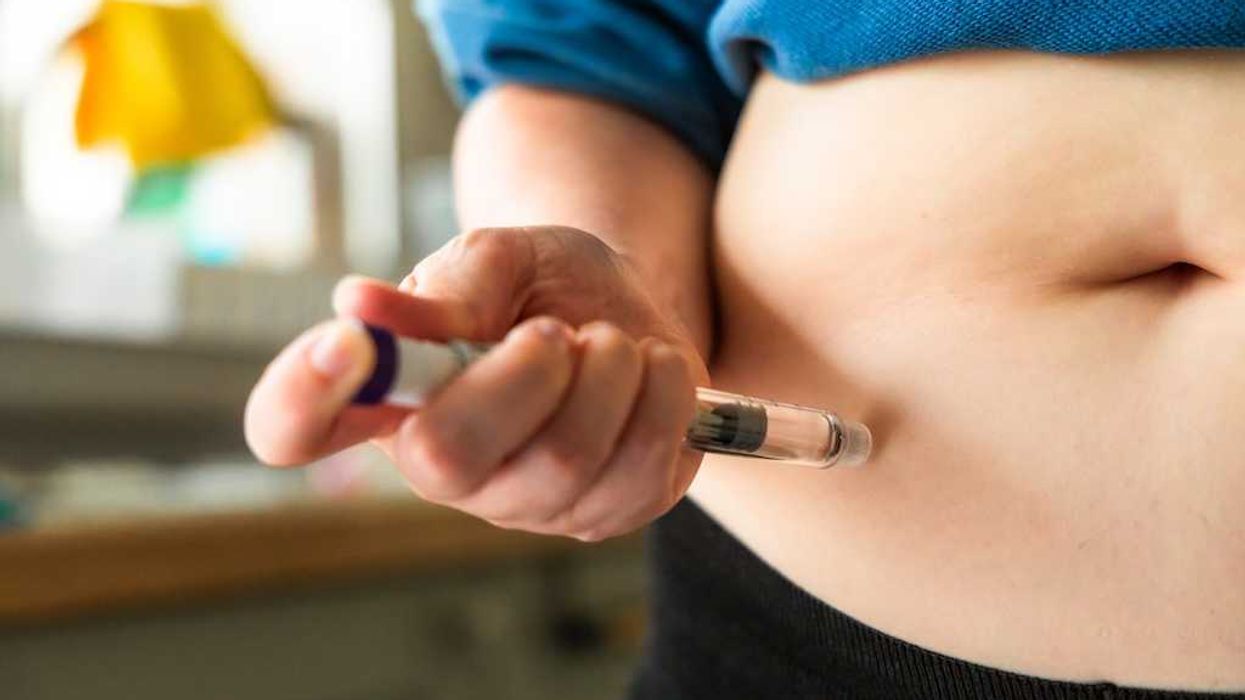
© 2026 Blaze Media LLC. All rights reserved.
“Your cellphone battery will last 10 times longer.”
New technology could eventually convert your footsteps into energy for your smartphone. Though the use of kinetic energy to produce power is not a new concept, a couple engineers believe they have created a more effective and less cumbersome way of harnessing this energy than previous technology.
According to New Scientist, the energy lost as heat while you walk is enough to power a light bulb. Tom Krupenkin and Ashley Taylor at the University of Wisconsin, Madison, converted the energy of moving liquid into electrical current:
They experimented with a range of liquids but eventually settled on a liquid metal alloy called Galinstan that is used in thermometers, as it has similar properties to mercury but is nontoxic.A reverse electrowetting device placed in a shoe could produce between 1 and 10 watts, hundreds of times as much as piezoelectric energy harvesters, which generate tens of milliwatts when compressed. "The amount of energy you can produce is very large in comparison with other methods for energy harvesting," says Krupenkin.
The BBC has more:
Although similar methods exist for low power electronics, up until now there was no practical mechanical to electrical conversion technology that could provide such high levels of output, Krupenkin explained."What's been missing is the power in the watts range," Taylor said.
InStep NanoPower, the company formed by Krupenkin and Taylor, is creating prototypes of these devices. Here's how it works according to the university's release:
Two small pouches are filled with a fluid that is designed using nanotechnology to generate an electrical current when compressed over and over again by the up and down motion of the foot.. . .
During their research, they found that most of the battery power in a cellphone gets used up searching for and connecting to hot spots or the signals from cellphone towers. So the scientists incorporated a Wi-Fi hot spot transmitter into the harvester. The harvester, instead of the battery in the phone, powers the hot spot device.
“You cut the power requirements of your cellphone dramatically by doing this,” Krupenkin said. “Your cellphone battery will last 10 times longer.”
Once the technology is refined it could help power smartphones, GPS, equipment, night vision googles, you name it. The scientists see it as especially useful for military operations where plugs may be hard to come by.
The scientists said the technology is still years away from either military or commercial use. Nature Communications published a description of this new technology.
Want to leave a tip?
We answer to you. Help keep our content free of advertisers and big tech censorship by leaving a tip today.
Want to join the conversation?
Already a subscriber?
more stories
Sign up for the Blaze newsletter
By signing up, you agree to our Privacy Policy and Terms of Use, and agree to receive content that may sometimes include advertisements. You may opt out at any time.
Related Content
© 2026 Blaze Media LLC. All rights reserved.
Get the stories that matter most delivered directly to your inbox.
By signing up, you agree to our Privacy Policy and Terms of Use, and agree to receive content that may sometimes include advertisements. You may opt out at any time.







